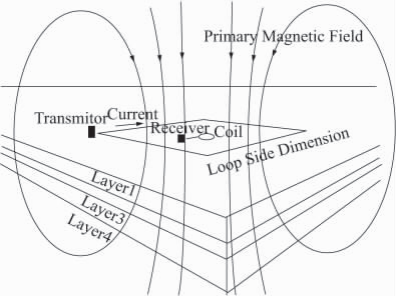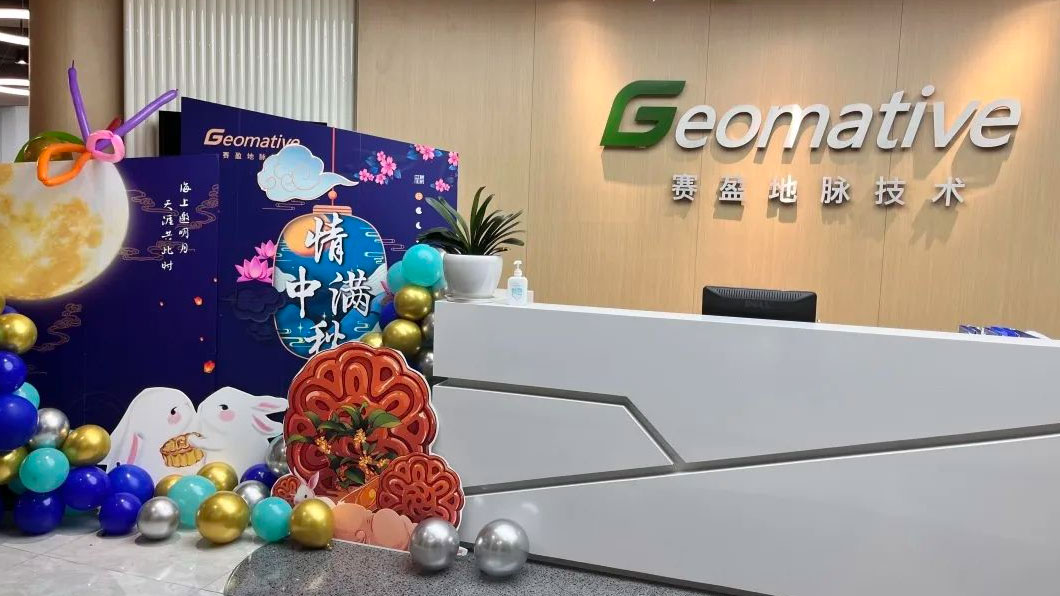
2022-08-17 10:54:10source:
Karst is a typical unfavorable geological phenomenon. It mainly forms geological structures such as karst caves and underground rivers. It is the main geological feature of karst development areas. In the process of its existence and development, it will cause various geological disasters, such as groundwater loss, surface water Depletion and surface collapse. The route in the section with very developed karst caves should be avoided. If there is no choice, the karst caves under the foundation should be dealt with accordingly according to the actual situation. In the process of dealing with karst disasters, it is necessary to determine the scale and trend of karst on the basis of no secondary disasters. Therefore, it is an ideal choice to use the geophysical method for non-destructive testing. Compared with the intact limestone, the karst-developed rock has a large difference in resistivity. As a result, low-resistance anomalies in the middle and deep parts appear on the electrical profile, which provides the physical property prerequisites for the high-density resistivity method to identify the underground karst area. The high-density resistivity method has the advantages of combining the electrical sounding method with the electrical profile method. After completing one survey, the vertical and horizontal directions can be surveyed, the data quality is high, and the observation accuracy is higher than that of conventional DC sounding and electrical profile. In addition, more geoelectric parameter information can be obtained during the measurement process, and the exploration cost is low, especially in the search for groundwater, fractured zone, karst cavity, etc., it has a good application effect.
working principle
High-density resistivity method
High-density resistivity method is a new type of resistivity method developed in the 1980s. It integrates electrical profile and electrical sounding, and uses high-density distribution of points to measure two-dimensional geoelectric cross-sections. The physical premise is the electrical conductivity difference between the underground media. According to the distribution law of the underground conduction current under the action of an applied electric field, the existence of geological bodies with different resistivities in the ground can be inferred. According to the measured apparent resistivity profile, through calculation and analysis, the resistivity distribution in the formation can be obtained, so that the formation can be divided and anomalies can be determined [4]. Due to the large amount of data and information provided, high observation accuracy, fast speed, and flexible detection depth, it has widely application prospects in engineering geological surveys and hydrogeological surveys. The application in limestone areas is one of them.

transient electromagnetic method
Transient electromagnetic method is a kind of pulse induction electric exploration, which belongs to time domain electromagnetic method. It sends the primary magnetic field to the exploration target through the ungrounded return line, measures the secondary magnetic field change within a period of time after the primary field excitation power supply is turned off, and interprets and inverts the properties of the underground medium structure through the signal characteristics of the secondary magnetic field attenuation change. When there is a good conductor underground, the good conductor generates an induced eddy current under the excitation of a primary field. After the pulse magnetic field is cut off, the eddy current magnetic field does not disappear immediately, but decays roughly according to an exponential law; on the contrary, if there is a hidden high-resistance medium underground, due to there is no equivalent induced eddy current, the amplitude of its secondary induction field is very small, and the secondary magnetic field decays quickly.

1) Comprehensively using high-density resistivity method and transient electromagnetic method, the development scale and distribution law of underground lateral and vertical hidden caves, fractured zones, and dissolution fissure zones have been identified, which has a good detection effect.
2. For the site of high-rise buildings, due to the high requirements for the depth and stability of the underground foundation, in order to achieve the best detection effect, a combination of various geophysical methods should be used to achieve the ideal detection depth and detection accuracy. The facts show that the high-density resistivity method can be used for shallow detection, and the transient electromagnetic method can be used for deep detection, and experiments are carried out according to different currents to obtain the ideal detection effect.
3) The application of the comprehensive method of high-density resistivity method and transient electromagnetic method for karst exploration can overcome the polysolution of geophysical interpretation to a certain extent to improve the accuracy and effect of the exploration, and can make up for a geophysical method (such as shallow layer seismic, electrical methods, etc.) can not fully explain the defects of the underground geological conditions. It is an economical and effective means of reflecting abundant underground geological information, and has good applicability and popularization.
The Summer Indoor Sport Competitionhas begun!Come with us when you are ready, this competitionwill set up four items including skipping, push-ups, planks, and sit-ups. Competition format: Boys' individual competition & Girls' individual compet

This garden party activity contains four levels, named "Take a photo and sign", "Throw circles", "Solve riddles for gift", and "Hand drawn fan ". Successfully pass the game level, you can stamp the park ticket. Afte
